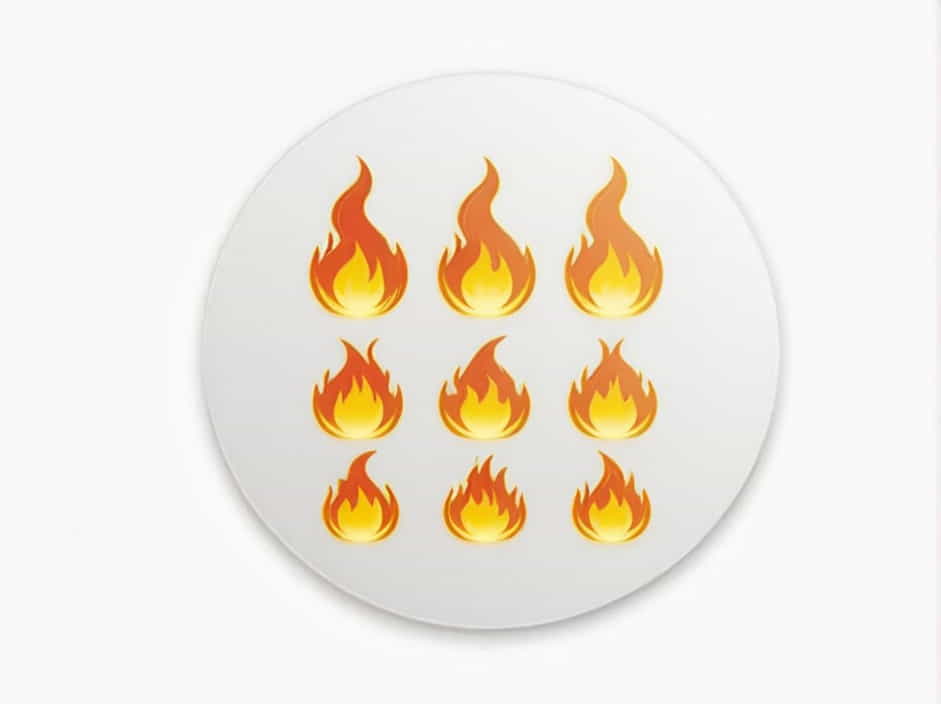Flammable chemicals are commonly used in laboratories, manufacturing plants, and research facilities. However, improper storage of these substances can lead to fires, explosions, and serious safety hazards. To minimize risks, flammables must be stored correctly in a chemical stockroom according to safety regulations and best practices.
This topic explains where and how flammable chemicals should be stored to ensure safety, compliance, and efficiency.
What Are Flammable Chemicals?
Flammable chemicals are substances that can easily ignite when exposed to heat, sparks, or open flames. They have a low flash point, meaning they can catch fire at relatively low temperatures.
Common Flammable Chemicals
Some common examples of flammable chemicals include:
- Ethanol and Methanol (used in laboratories and disinfectants)
- Acetone (commonly found in nail polish removers and industrial applications)
- Toluene and Xylene (used in paints and adhesives)
- Gasoline and Diesel Fuel
- Ether and Chloroform
- Hydrogen and Propane (flammable gases)
Since these chemicals pose a significant fire hazard, they must be properly stored and handled to prevent accidents.
Where Should Flammables Be Stored in a Chemical Stockroom?
1. Use a Flammable Storage Cabinet
The best place to store flammable chemicals is in a flammable storage cabinet. These cabinets are specifically designed to:
✅ Withstand high temperatures in case of fire
✅ Prevent chemical leaks and vapors from spreading
✅ Reduce the risk of ignition from external sources
Features of a Flammable Storage Cabinet:
- Made of fire-resistant materials (e.g., double-walled steel)
- Equipped with self-closing doors
- Includes proper ventilation to prevent vapor buildup
- Clearly labeled with ‘Flammable – Keep Fire Away’ signs
Flammable cabinets should be placed away from exits, electrical equipment, and sources of heat or sparks.
2. Keep Flammables Away from Incompatible Chemicals
Flammable chemicals must not be stored near:
❌ Oxidizers (e.g., hydrogen peroxide, nitrates) – Can cause combustion
❌ Acids and Bases – May react dangerously
❌ Water-reactive chemicals (e.g., sodium, potassium) – Can ignite when exposed to moisture
Proper chemical segregation prevents dangerous reactions and fire hazards.
3. Store Large Quantities in Fire-rated Safety Rooms
If a stockroom contains large amounts of flammable chemicals, it’s best to use a fire-rated safety room. These rooms:
Are built with fire-resistant materials
Have automatic fire suppression systems
Include explosion-proof ventilation systems
This setup ensures maximum safety in case of a fire or chemical spill.
4. Maintain Proper Ventilation
Flammable chemicals can release hazardous vapors that accumulate and become explosive. To prevent this:
✔ Store chemicals in a well-ventilated area
✔ Avoid enclosed spaces without airflow
✔ Use explosion-proof ventilation systems if storing large quantities
5. Keep Flammable Liquids in Approved Containers
Flammable liquids should be stored in appropriate containers, such as:
Metal safety cans with flame arresters
Glass bottles (for small amounts of highly pure chemicals)
Plastic containers (if compatible with the chemical)
All containers must have tight-fitting lids to prevent vapor leaks.
6. Maintain Temperature Control
Flammable chemicals should be stored at room temperature and away from heat sources, such as:
Direct sunlight
Radiators or furnaces
Electrical panels and sparks
For highly volatile chemicals, use refrigerated storage units designed for flammables.
7. Clearly Label and Organize Chemicals
Proper labeling helps prevent mix-ups and ensures safe handling. Each container should have:
Chemical name
Hazard classification (flammable, toxic, corrosive, etc.)
Storage requirements
Additionally, stockroom shelves should be labeled to indicate where different chemicals belong.
Best Practices for Storing Flammable Chemicals
1. Limit the Quantity of Flammables in the Stockroom
The more flammable chemicals stored, the higher the risk. Follow regulations to limit on-site quantities and store excess chemicals in designated areas.
2. Inspect Storage Areas Regularly
Perform routine safety checks to ensure:
✅ No leaks or spills
✅ Containers are properly sealed
✅ Ventilation systems are functioning correctly
3. Keep Fire Extinguishers Nearby
Fire extinguishers should be:
✔ Easily accessible near flammable storage areas
✔ Suitable for chemical fires (Class B or C extinguishers)
✔ Regularly checked and maintained
4. Train Employees on Flammable Chemical Safety
Workers should be trained on:
Proper chemical handling procedures
How to read Safety Data Sheets (SDS)
Emergency response in case of a fire or spill
5. Establish Emergency Procedures
A clear emergency plan should include:
Evacuation routes
Fire suppression system locations
Emergency contact numbers
Common Mistakes to Avoid
Leaving Flammables in Open Areas
Flammable chemicals should never be left out in the open, especially near ignition sources.
Storing Flammables in Regular Refrigerators
Only use flammable storage refrigerators, as regular refrigerators can cause sparks and explosions.
Mixing Different Hazard Classes
Never store flammable chemicals near acids, oxidizers, or other reactive substances.
Ignoring Spill Prevention Measures
Always use spill containment trays to prevent chemical leaks from spreading.
Proper storage of flammable chemicals in a chemical stockroom is essential for workplace safety. By following these best practices, businesses and laboratories can reduce the risk of fires, explosions, and hazardous chemical reactions.
To ensure safe storage:
✔ Use flammable storage cabinets
✔ Keep chemicals away from incompatible substances
✔ Maintain proper ventilation and temperature control
✔ Label and organize chemicals correctly
✔ Train employees on safe handling procedures
By implementing these guidelines, you can create a safer work environment while ensuring compliance with chemical safety regulations.
